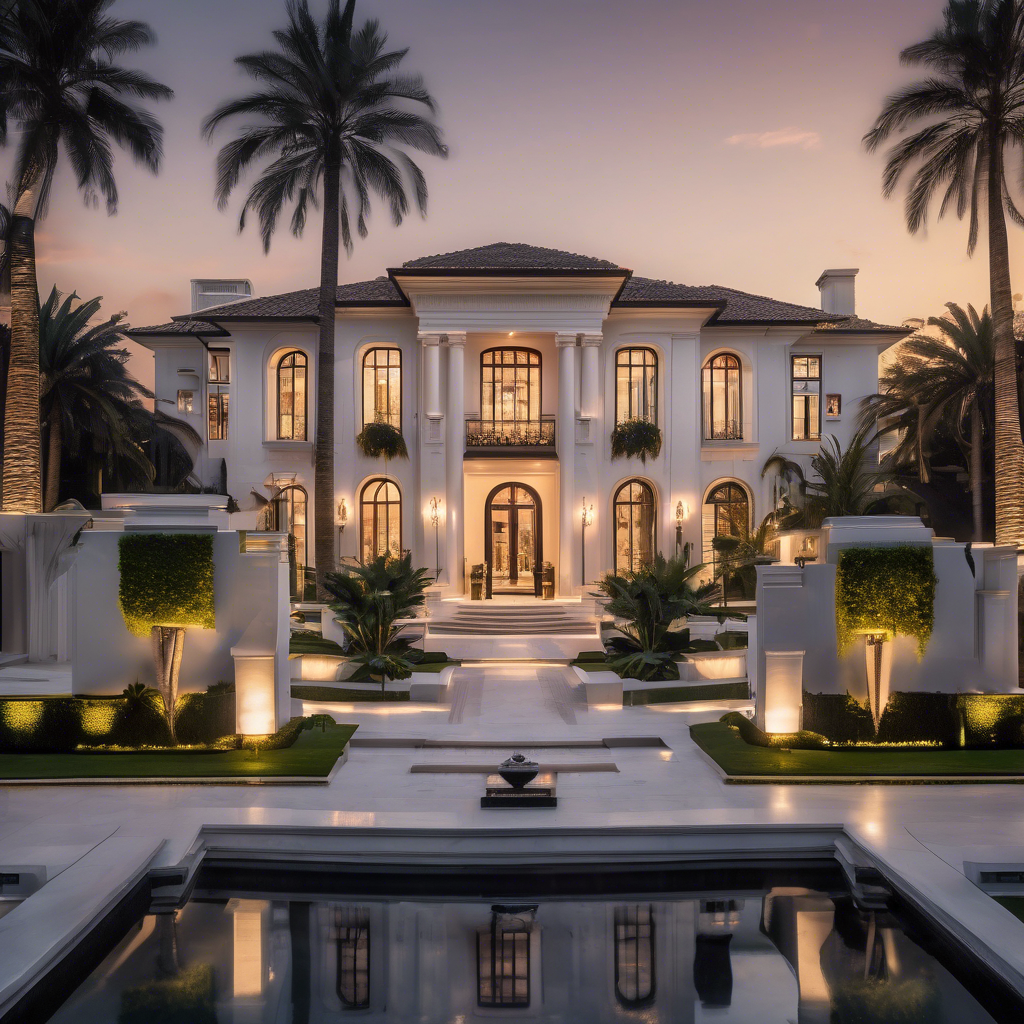
Eleven years ago, a novel concept was birthed at the intersection of coliving, reality TV, and digital influencer culture—bringing a group of content creators under one roof to fuel continuous content creation. This idea, which might sound like a fusion of “Big Brother” and an influencer’s dream, was crafted to generate heightened engagement by pooling popular creators in a shared living space, essentially designing a house brimming with viral potential. The goal? To amplify follower interaction by leveraging the combined appeal of diverse personalities, creating a nonstop whirlwind of digital content reminiscent of a VIP version of “Big Brother” for social media enthusiasts. This wasn’t just creative brainstorming; it was a new frontier in content marketing.
The forerunners of this trend emerged from the team behind the now somewhat nostalgic virtual world Second Life, with the launch of the O2L Mansion. This initiative laid the groundwork, inspiring a growing number of similar projects around the world and eventually catching the eye of mainstream media giants. Netflix entered the scene with “Hype House,” a reality show spotlighting TikTok sensations and bloggers who reside collectively, blurring the lines between personal lives and brand content. Meanwhile, in Spain, content creators associated with Dulceida’s agency congregate every summer at Casa In—but don’t be fooled into imagining a traditional vacation. Their retreat is an intense, round-the-clock content production hub, emphasizing the demanding nature of maintaining a digital presence.
This trend inevitably draws comparisons to iconic mansions like the infamous Playboy Mansion, immortalized in pop culture and often discussed in terms of excess and controversy. Model Holly Madison, one of the insiders of the Playboy world, shed light on some behind-the-scenes realities in the documentary “Secrets of Playboy” and in interviews with People magazine. The almost eerie detail of constantly available trays filled with essentials like Kleenex, Pepto Bismol, Vaseline, and baby oil in every nook of the mansion revealed a carefully curated yet unsettling environment. The crossover from such infamous spaces to influencer houses, especially those involving adult content creators, seemed natural—most notably with OnlyFans creator mansions like the Bop House. Founded by influencers Sophie Rain and Aishah Sofey, who collectively command millions of followers, Bop House has rapidly become a potent force on TikTok and beyond, boasting millions in earnings and a robust content creation apparatus, complete with an in-house editing team and collaborations with lingerie brands.
However, the glamor surrounding these houses belies a complex and controversial reality. Unlike the Playboy Mansion, where a single controlling figure led the environment, OnlyFans creator mansions like Bop House avoid such a centralized power dynamic. Yet, their social media presence cleverly sidesteps direct references to adult content platforms like OnlyFans by using intermediary websites that compartmentalize the explicit content. This strategic navigation around platform policies, particularly those of Instagram and TikTok, reflects a deep understanding of digital marketing and social media regulations. Ignacio Cabra Bellido, a marketing director, explains that this is a savvy funnel approach—capturing broad interest with light-hearted, viral content and steering engaged followers toward premium, adult-oriented material accessible through other channels. This method isn’t about hiding but about strategizing within the confines of ever-evolving platform guidelines, showcasing a sophisticated blend of creativity and adaptability.
Despite the allure and financial success of these content creator mansions, they have sparked significant debate around the exploitation and empowerment of women within the sex industry’s new digital era. Spain’s Federation of Young Women (FMJ) has argued that platforms like OnlyFans have shifted the sex trade onto virtual grounds, potentially facilitating exploitation under the guise of autonomy and modern entrepreneurship. The paradox lies in the promises of freedom and profitability contrasted with accounts of pressure, harassment, competition, and economic disparity among creators. FMJ critiques highlight concerns over the platform’s transactional structure, lack of robust regulation, and the persistent gendered dynamics where male consumers predominantly drive the market. Conversely, advocates like adult film director Erika Lust applaud the platform's role in granting creators, especially women and marginalized groups, agency over their work and narratives—a stark departure from traditional adult entertainment industries that frequently imposed exploitative controls and scripts. This nuanced discourse acknowledges both the opportunities and the systemic challenges inherent in these evolving digital landscapes.
At the heart of this dynamic are the creators themselves, often navigating between empowerment and vulnerability. Houses like Bop House are praised for fostering community, mutual support, and safety—a haven contrasting starkly against the isolation and competition typical of solo content creation. However, the broader implications of glamorizing such lifestyles raise concerns about inadvertently encouraging young women to join a sphere laden with risk under the façade of freedom and financial independence. The phenomenon illustrates the evolution of influencer culture: bypassing brand sponsorships and algorithms by directly monetizing content through subscriptions and exclusive access, thus capturing a loyal, paying audience. Yet, the enduring imbalance remains: women produce content for predominantly male audiences, perpetuating dynamics rooted in desire-driven economics. As debates continue, voices like María Rodríguez and Erika Lust emphasize the complexity of sex work and the need for nuanced discussions focused not on judgment but on ensuring creators operate from positions of power, supported by protections and rights that safeguard against exploitation in this brave new digital world.
#InfluencerCulture #OnlyFansEvolution #DigitalMarketingStrategy #ContentCreatorCommunity #SexWorkEmpowerment #SocialMediaTrends #BopHouseInsights
Leave a Reply